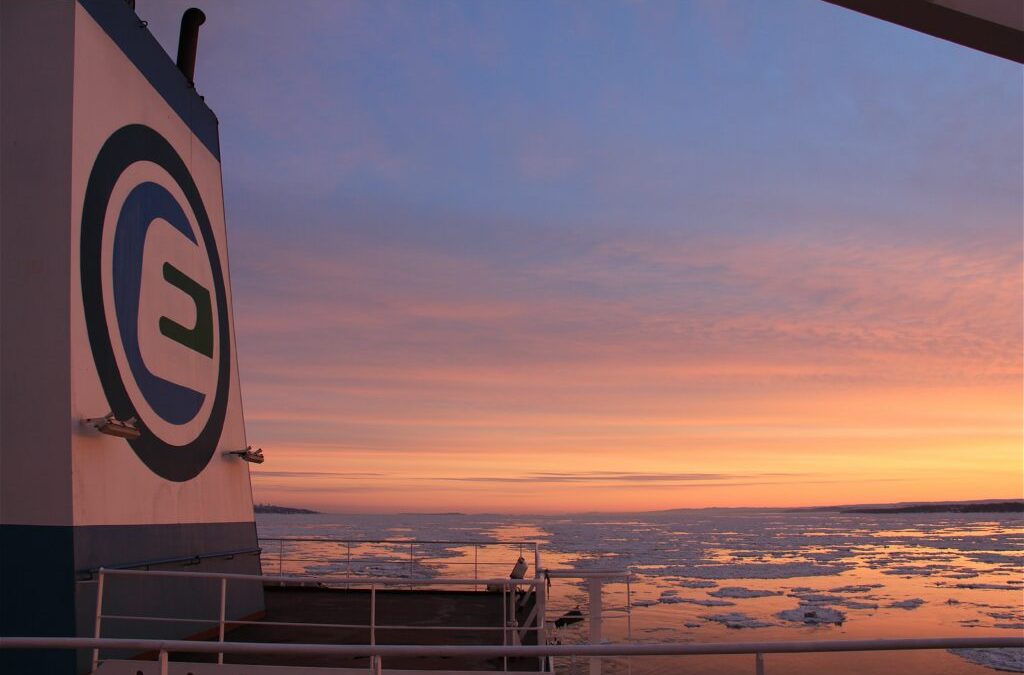Euronav NV yesterday announced that it has entered into an agreement with the Hyundai Samho yard for two VLCC newbuilding contracts. Sourcing fleet renewal from the newbuilding market has primarily been driven by the aim of Euronav to be at the forefront of innovation in the energy transition and to drive projects with potential to decarbonize the transportation of oil.
The vessels will be LNG-ready and consequently there is an ability to cut CO2 emissions compared to current market standards. Furthermore, Euronav is working in cooperation with the yard and classification society to include an Ammonia-ready notation with the potential to reduce CO2 emissions to zero when technology, logistics and the regulatory framework allows for it. This should be defined by the end of the summer. In addition to being significantly more fuel efficient compared to the vessels they will replace, the newbuildings will also be fitted with Exhaust Gas Scrubber technology and Ballast Water Treatment Systems.
These market leading units will be delivered during Q4 2022 and Q1 2023, costing USD 186 million en-bloc, and including USD 4.2 million in additions and upgrades to the standard specifications. Euronav also has the option to contract a third VLCC with the same specifications that would be delivered in the second quarter of 2023.
While contracting and orderbook-to-fleet ratio remains at an historical low in the tanker segment, elevated contracting activity from other segments has reduced available capacity to build VLCCs for the upcoming years at a time when the sector needs to replace maturing vessels with more environmentally friendly designs.
Hugo De Stoop, Euronav CEO said “As a market leader in our segment, Euronav acknowledges our responsibility to support innovation towards decarbonizing the transportation of oil, while protecting and building value with the capital our shareholders have entrusted us with. With this order Euronav is tangibly driving innovation and investing in the energy transition. These ships are not only the latest generation of low consumption design but also have the option to be converted or retrofitted to use either LNG or Ammonia as a low emission fuel of the future. As there are no such alternatives in the second-hand market today, and with rising steel prices and constraints over yard capacity to 2024, we wanted to seize this opportunity to rejuvenate the fleet with two or three modern VLCCs that will replace older and less efficient ships that will leave our fleet around the same time of their delivery”.
Source: Hellenic Shipping






